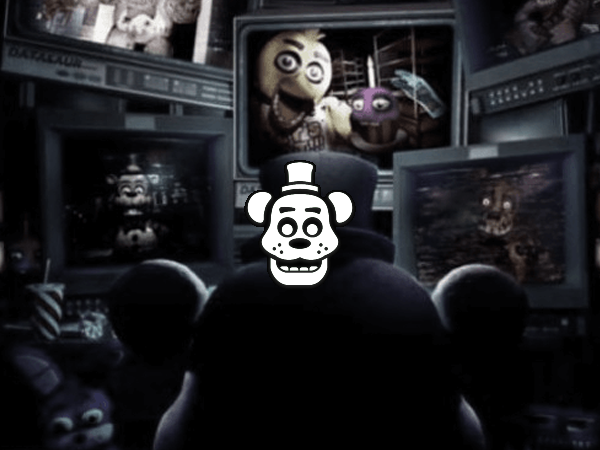How AI is cutting down the creative process for Bollywood's top hairstylist - Times of India
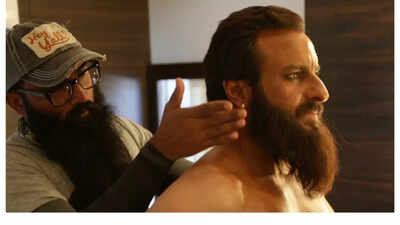
Saif Ali Khan had five trials in Laal Kaptaan
With AI taking over industries across the globe, the fashion and beauty world isn't far behind. Celebrity hairstylistDarshan Yewalekar, known for designing some of Bollywood's most iconic looks from Padmaavat and Bajirao Mastani to Laal Kaptaan shares how AI has made the creative process faster, more sharper and far less manpower intensive. His expertise spans working with stars like Akshay Kumar, Ranveer Singh, Jaideep Ahlawat and Vicky Kaushal, and filmmakers such as Karan Johar. Originally from Bhusawal, Maharashtra, Yewalekar began training at the age of 16. His signature styles have gone on to set trends in Indian hairstyling.
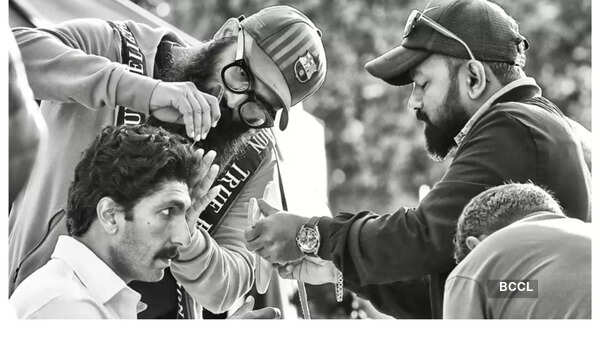
Ranveer Singh on the sets of the film 83
Reflecting on his evolution as a film hairstylist, Yewalekar shares,"I started my journey designing hair for mainstream actors like Salman Khan for seven years and then ten years with Ranveer Singh.
In that journey, I realized there is a lot of scope to design hair for full films. If I can style hair for one hero, I can also make sure that everybody else behind him is also in sync with the craft." He recalls before the intervention of AI how the earlier process of designing character looks was time-consuming and required multiple steps. He adds, "I remember my first film was Qaidi Band. We had a meeting with the director and had to really visualize what the scenario would be like, them being in jail.
We later went online, searched for references, and created the look. That's how it worked back then. You go to the editing studio, find an editor, morph the face, create the look and I did this for 6-7 primary characters.
Once the director approved the looks, then came the production of wigs, beards, moustaches, whatever was needed for the character. It was time-consuming. Especially with Laal Kaptaan, we had to do five trials."
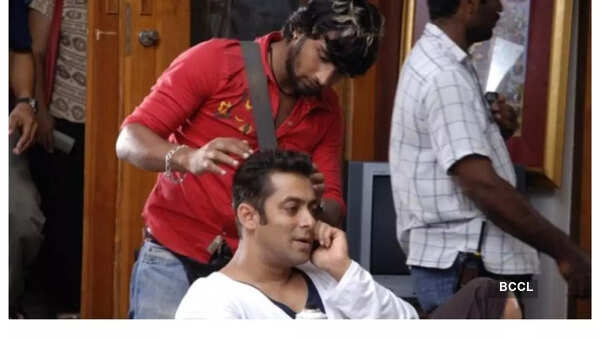
Salman Khan on the sets of the film Yuvraaj
With multiple projects and responsibilities, the traditional way of designing looks overwhelming. The turning point came with the rise of AI, which led to a huge breakthrough in his creative process. "I was multitasking. I was creating my barbershop, D Barbershop, designing films, and working with Ranveer. It was all too much. As the AI revolution happened, I saw an opportunity for us to visualize and conceptualize art through AI.
What took a week or two now takes minutes with AI. A lot of people see AI as a threat in the communication or content departments, but for us artists, it can be a very handy tool. It's exactly like scissors for a visual mind, "he adds.Yewalekar also emphasizes the importance of upskilling. Rather than relying on the traditional ways, he took the initiative to learn new AI tools. He shares, "I trained myself on a couple of AI software by taking online classes that elevated my work. When I designed the looks for Toxic, which is yet to release, the whole presentation was AI-generated. It was a great learning experience. Since then, I've consistently used AI for different Bollywood projects, including Jewel Thief, where I styled Saif Ali Khan, Jaideep Ahlawat and Kunal Kapoor."
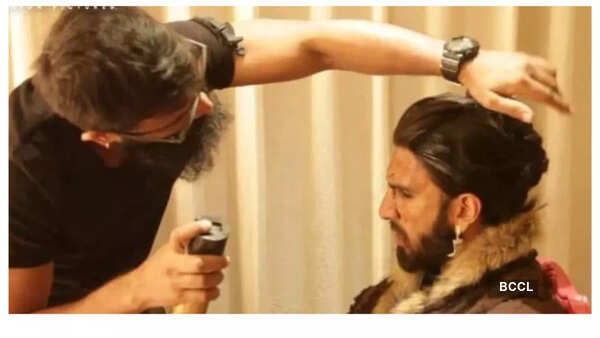
Ranveer Singh in the film Padmaavat
The hairstyling who is using AI as a visual scissor adds, "Now, visualizing all those characters has become easy. I can translate my vision into a 2D image and present it to the director. It gives them clarity, and if there are corrections, we make them before even getting to the actor. AI helps us turn our visual thinking into reality." While AI makes the process quicker and more efficient, Yewalekar stresses that human intervention remains key. "Artificial Intelligence is evolving so fast, there are now platforms that even do 3D rendering and video. But at the end of the day, we still need to translate that into real life. Execution depends on how we shoot, the timelines, the actor's availability. So even if AI is there, human effort is still required.
AI is a brilliant scissor for a visual mind to sharpen and shape those images into reality," he adds.








